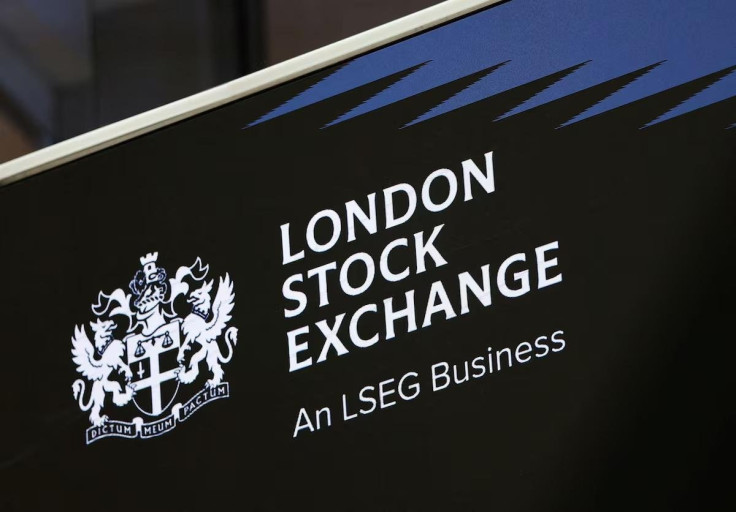
The FTSE 100 came under fresh strain this week as a deep sell-off on Wall Street reverberated across Europe, threatening to wipe out early gains and reignite fears of global market contagion.
Investor anxiety surged after US indices slumped sharply on Tuesday, hit by escalating trade tensions, warnings about risky private debt, and renewed weakness in tech and energy stocks.
Wall Street Slide Sends Shockwaves Across Markets
The Dow Jones Industrial Average plunged over 500 points on 14 October, while the Nasdaq Composite tumbled nearly 2%, led by heavy losses in major tech names such as Nvidia, Tesla and Oracle. The S&P 500 also dropped 1.3%, marking one of the steepest daily falls in recent months.
The rout followed Beijing's sanctions on five US subsidiaries of South Korea's Hanwha Ocean, viewed as retaliation for Washington's latest export controls and tariff threats, a move that rattled already-fragile investor sentiment.
FTSE 100 Struggles to Hold Ground
Signs of credit stress rattled markets across Europe and Asia on Thursday, triggering sharp declines in major indices.
According to The Guardian, the FTSE 100 fell by 1.5% in London, with energy and mining stocks leading the drop. Germany's DAX lost 2%, France's CAC 40 declined 1.5%, and Spain's IBEX 35 slipped 0.8%, before recovering some ground later in the session.
The UK's benchmark index had been edging higher earlier in the week, buoyed by hopes of easing US-China tensions and a rebound in commodity prices.
However, Wall Street's overnight sell-off and mounting concerns over risky corporate debt have dampened investor sentiment, casting doubt on whether those gains can be sustained.
Credit Market Concerns Add to Volatility

Adding to the unease, JP Morgan CEO Jamie Dimon warned of hidden risks in the $3 trillion (£2.24 million) private credit market, likening the situation to spotting 'cockroaches' in the financial system.
'My antenna goes up when things like that happen,' Dimon said during a conference call, referring to recent bankruptcies in the subprime auto lending sector. 'I probably shouldn't say this, but when you see one cockroach, there's probably more.'
His comments have fuelled concerns about the health of shadow banking and the potential for contagion across global credit markets. Analysts warn that any deterioration in private lending could have knock-on effects for equity valuations and investor risk appetite.
Analysts Caution Against Overconfidence
Despite the FTSE 100's strong year-to-date performance—up 15% since January—market watchers are urging caution.
A recent analysis by The Montley Fool outlined ten factors that could push the index to 10,000 points by Christmas, including falling inflation, strong corporate earnings, and political stability. However, the report also flagged trade tariffs and geopolitical tensions as potential spoilers.
According to Investing.com, UBS forecasts for the FTSE 100 range between 9,800 and 9,900 points, depending on commodity prices, inflation trends, and central bank policy. With Wall Street's volatility now spilling into European markets, the upper end of that range may be harder to reach.
Broader Economic Implications
The sell-off in US markets has reignited concerns about consumer sentiment and economic resilience. As reported by The Telegraph, US President Donald Trump's threat of a massive increase in tariffs on Chinese products has further unsettled investors.
In the UK, the impact of global trade tensions is compounded by domestic challenges, including sluggish retail sales and uncertainty surrounding fiscal policy. The FTSE 100's performance is closely tied to global macroeconomic trends, making it vulnerable to external shocks.
Outlook: Fragile Confidence Across Continents
As Wall Street's turbulence spreads, Europe's major indices sit at a crossroads. The FTSE 100's fate now hinges on developments in US-China trade relations, central-bank policy, and corporate earnings guidance.
While the index has shown resilience through 2025, analysts agree that caution — not complacency — should guide investors as global markets adjust to higher borrowing costs and unpredictable geopolitics.







